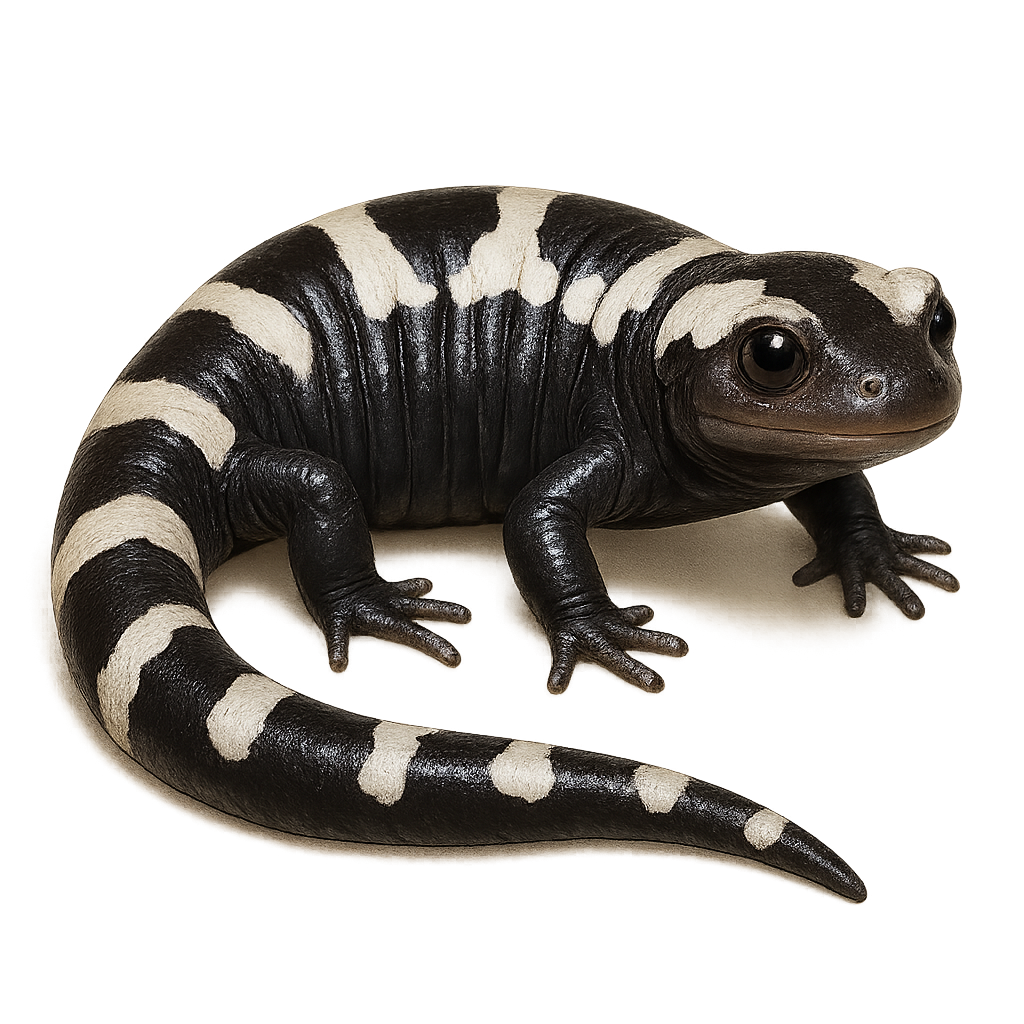Your wildlife photography guide.
Explore the marbled salamander in detail, study its behavior, prepare your shots.
Where to observe and photograph the marbled salamander in the wild
Learn where and when to spot the marbled salamander in the wild, how to identify the species based on distinctive features, and what natural environments it inhabits. The WildlifePhotographer app offers tailored photography tips that reflect the marbled salamander’s behavior, helping you capture better wildlife images. Explore the full species profile for key information including description, habitat, active periods, and approach techniques.
Marbled Salamander
Scientific name: Ambystoma opacum

IUCN Status: Least Concern
Family: AMBYSTOMATIDAE
Group: Amphibians
Sensitivity to human approach: Suspicious
Minimum approach distance: 2 m
Reproduction period: January to March
Incubation: N/A
Births: January to March
Habitat:
deciduous forests, marshy areas, wet meadows
Activity period :
Mainly active at night, generally discreet during the day.
Identification and description:
The Ambystoma opacum, or marbled salamander, is a fascinating amphibian native to North America. It is distinguished by its modest size, typically between 9 and 11 cm, and its unique black and white coloration, giving it a marbled appearance. This salamander prefers humid habitats such as deciduous forests and marshy areas. It is nocturnal, meaning it is primarily active at night. The marbled salamander is oviparous, laying its eggs in moist depressions before the autumn rains. It is known for its ability to hide under leaves and debris to avoid predators. Although its conservation status is concerning, it is not currently endangered.
Recommended lens:
Macro – adjust based on distance, desired framing (portrait or habitat), and approach conditions.
Photography tips:
To photograph the marbled salamander, it is advisable to use a macro lens to capture the details of its marbled skin. Look for it in deciduous forests or marshy areas, especially after rain, as it is more active. Be patient and discreet, as it is suspicious and easily hides under leaves. Use a tripod for stable shots, especially in low light conditions.
The WildlifePhotographer App is coming soon!
Be the first to explore the best nature spots, track rutting seasons, log your observations, and observe more wildlife.
Already 1 432 wildlife lovers subscribed worldwide

